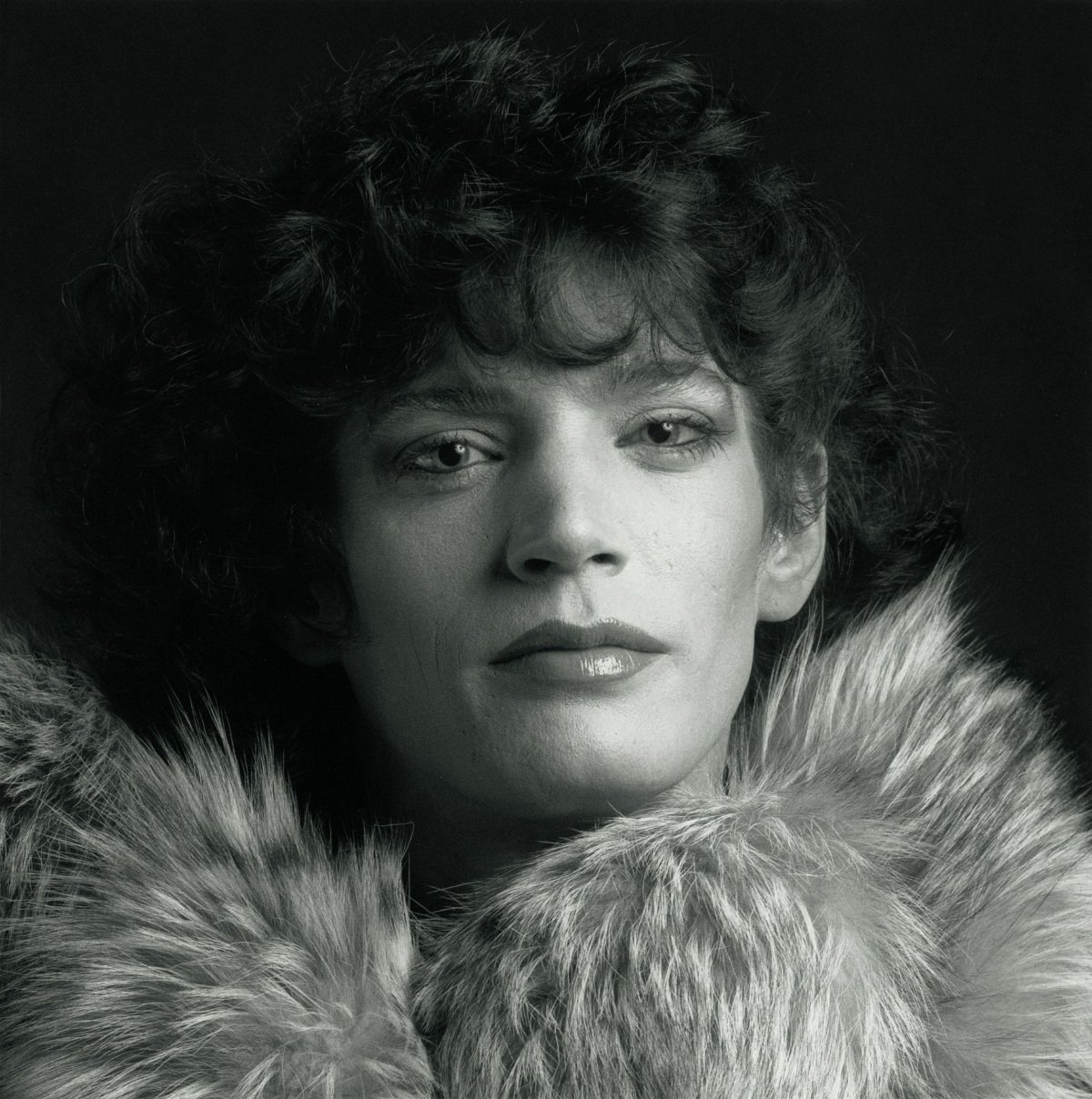
Yves Saint Laurent and Pierre Bergé may have spotted Robert Mapplethorpe’s talent early on, but for a long time France failed to give the legendary American photographer the institutional recognition he deserved. Not anymore.
Today the Grand Palais in Paris is unveiling the artist’s first retrospective in the country, while the Musée Rodin is gearing up for an intimate presentation of his photographs, shown alongside works by the great French sculptor Auguste Rodin.
An icon of downtown New York in the 1970s and 1980s, Mapplethorpe is best-known for his black-and-white nudes, portraits of the artistic intelligentsia, and depictions of S&M practices in the infamous X Portfolio.
Robert Mapplethorpe, Thomas, 1987.
© Robert Mapplethorpe Foundation. Used by permission
“The goal of a project like this is to go beyond the clichés in which uninformed people have trapped Mapplethrope,” the general curator of the Grand Palais exhibition, Jérôme Neutres, told artnet News, “and really show the richness and complexity of his oeuvre.”
Both institutions look at the photographer as a classical artist, one who was as inspired by Michelangelo and Bernini as he was by the gay underworld he is most often associated with in mainstream media.
“If I had been born one hundred or two hundred years ago, I might have been a sculptor, but photography is a very quick way to see, to make sculpture,” Mapplethorpe famously said.
At the Grand Palais, Neutres combines some of the artist’s best-known images—Man in a Polyester Suit (1980), the cover of Patti Smith’s debut album Horses (1975), the portraits of Andy Warhol—with rarely shown over-sized silver gelatin prints, unique pieces on loan from private collections, as well as portraits of virtually unknown subjects. “One can almost see bronze busts in them,” Neutres says. “I find this very touching.”
Robert Mapplethorpe, The Sluggard (1988).
© Robert Mapplethorpe Foundation. Used by permission.
Other highlights include a screen made of photographs, mirrors, and silk, a portrait of writer Edmund White, and Mapplethorpe’s only two films, dedicated to Patti Smith and the bodybuilding champion Lisa Lyon.
“I think people will be really surprised and excited to learn more,” comments Robert Mapplethorpe Foundation manager Joree Adilman, who is also associate curator of the retrospective.
The exhibition marks a new direction for the Grand Palais, which has only recently started to dedicate major solo shows to photographers. It began with the 2012 Helmut Newton exhibition, also curated by Neutres.
This retrospective places Mapplethorpe on par with art history giants such as Claude Monet, Georges Braque, and Pablo Picasso—all recently exhibited at the Grand Palais—lending him a status in France that the artist always sought out. “He was driven to be known,” says his brother Edward Mapplethorpe, who worked as the photographer’s assistant from 1982 until Robert’s death of complications from AIDS in 1989.
Robert Mapplethorpe, White Gauze, 1984.
MAP 1330 © 2014 Robert Mapplethorpe Foundation, Inc. All rights reserved.
Auguste Rodin, Torse de l’Age d’airain drapé, circa 1895.
© Paris, Musée Rodin, photo Christian Baraja.
Opening on April 8, the Musée Rodin exhibition will gather 102 photographs presented alongside 50 Rodin sculptures. Italian curator Germano Celant was the first to link the two artists. But it was the French art critic Judith Benhamou-Huet who suggested the idea to the Musée Rodin—she’s co-curator of the show, associate curator of the Grand Palais retrospective, and the author of the monograph Dans la vie noire et blanche de Robert Mapplethorpe, out this month.
“We chose Mapplethorpe’s most sculptural photographs, then looked for pieces that would resonate with them in our collection,” explains co-curator of the Musée Rodin show Hélène Pinet. “It’s very much Mapplethorpe-Rodin, not Rodin-Mapplethorpe.”
The artists’ shared fascination with the human body—as well as their work’s formal resemblances—makes for striking pairings, which are to be organized by themes such as “black & white,” “assemblages and compositions,” “drape,” and “eroticism and damnation.”
Robert Mapplethorpe, Patti Smith, 1979.
MAP 229 © 2014 Robert Mapplethorpe Foundation, Inc. All rights reserved.
Auguste Rodin, Les Bourgeois de Calais : Jean de Fiennes, variante du personnage de la deuxième maquette, torse nu, circa 1885.
© Paris, Musée Rodin, photo Christian Baraja.
“There was something almost magical” in putting these works together, says Pinet. “All of a sudden, we would see things that we weren’t expecting at all and which functioned perfectly well.”
Mapplethorpe compared bodybuilder Lisa Lyon, one of his favorite models, to Michelangelo’s muscled female subjects. The Renaissance master could well be the missing link between the photographer and Rodin, who visited Italy early in his career to draw from Michelangelo’s sculptures.
In the last years of his life, Mapplethorpe went full circle and started to photograph classical sculptures, glorious bodies frozen for eternity.
“Rodin is life,” enthuses Pinet. “And he pulls Mapplethorpe in this direction.” After this show, she continues, “we’ll look at both Mapplethorpe and Rodin very differently.”
Robert Mapplethorpe, George Bradshaw, 1980.
MAP 504 © 2014 Robert Mapplethorpe Foundation, Inc. All rights reserved.
Auguste Rodin, Torse féminin assis sans tête dit du Victoria and Albert Museum, c. 1910-1914.
© Paris, Musée Rodin, photo Christian Baraja.